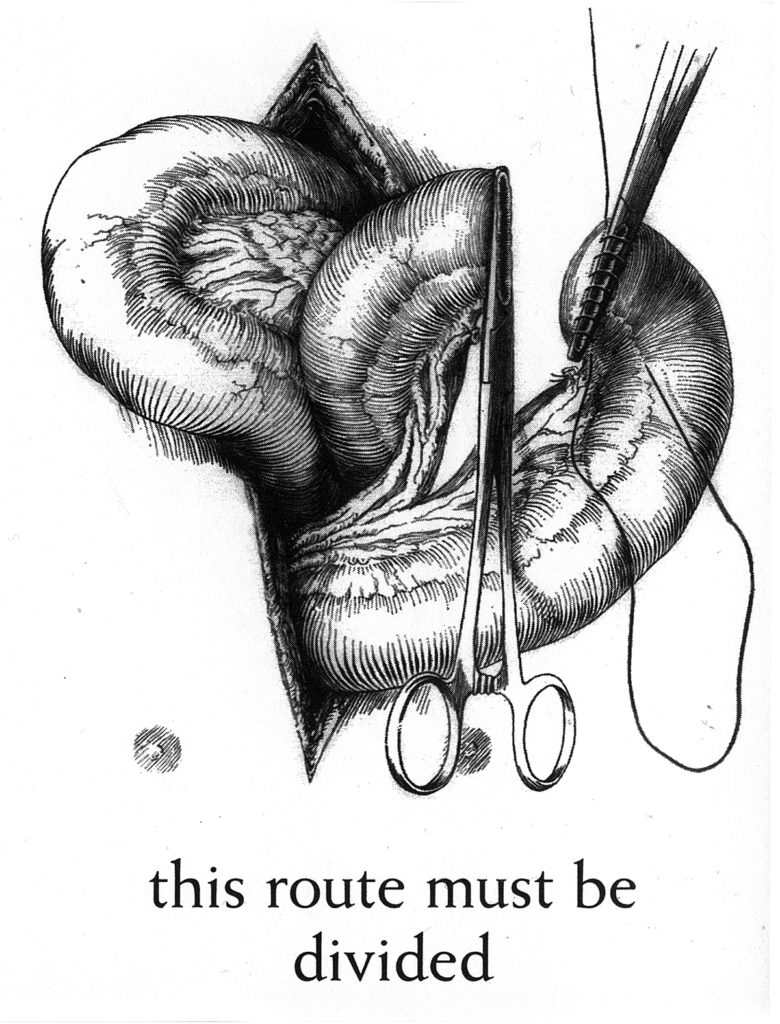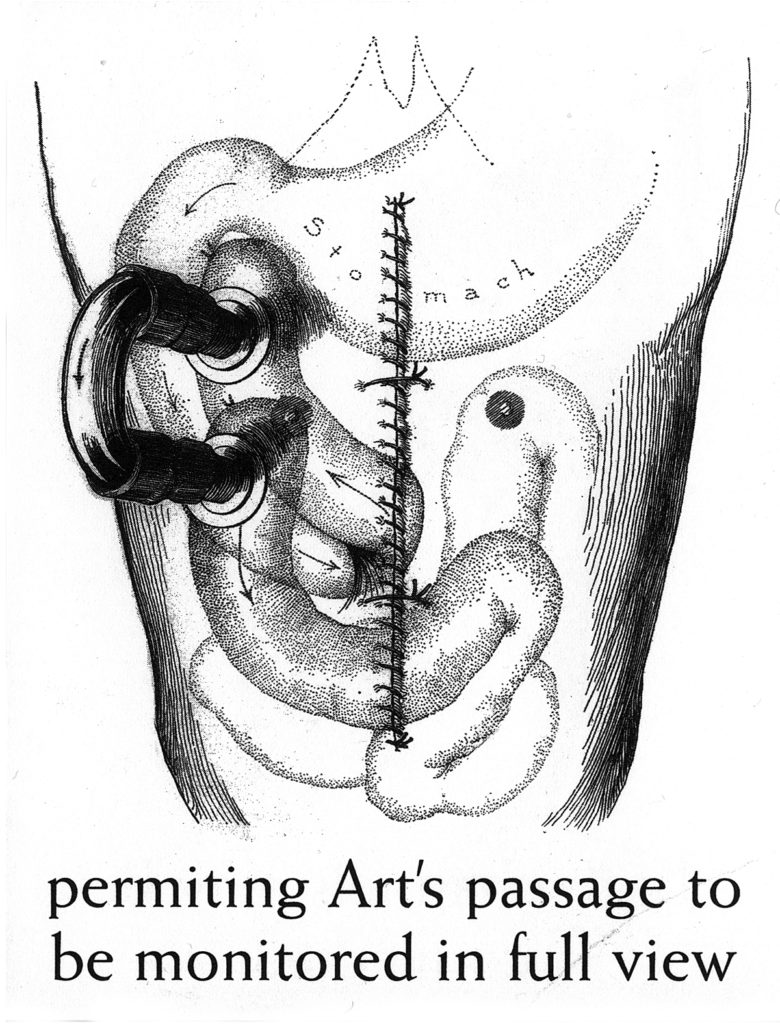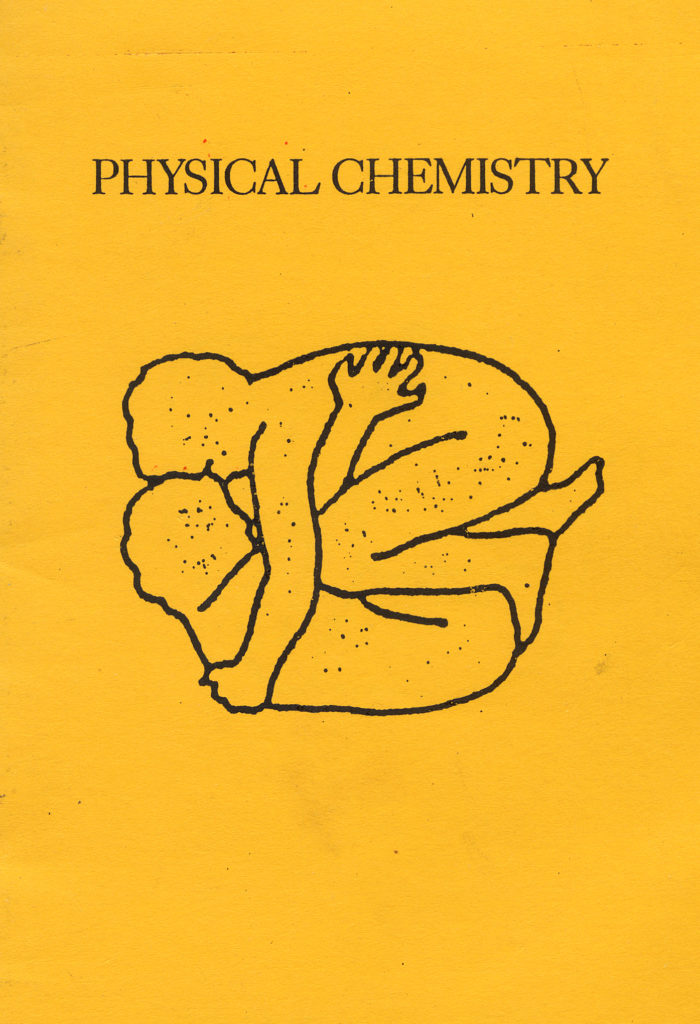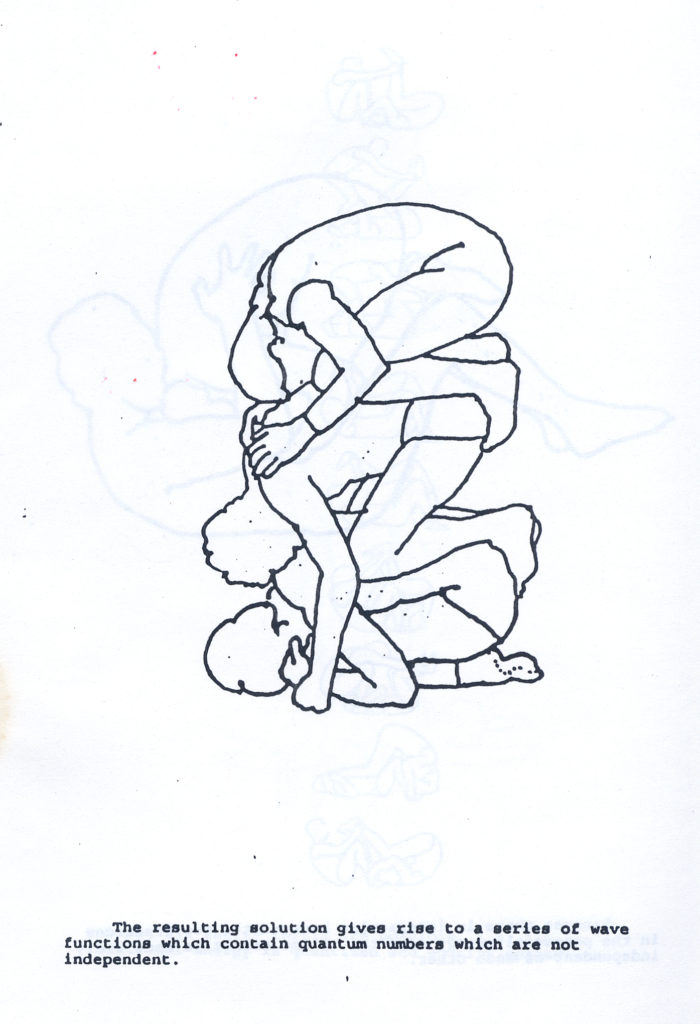Redirect the Flow of Art

Sometime around 1992 I was reading the summary reviews of movies playing in the area in my local paper the Hartford Courant. Each review listed the film rating – G, PG, PG-13, or R – but what struck me was how each assigned rating gave additional clarification. “R, with tame and randy bedroom scenes, lots of mayhem.” “PG-13, with nudity and sensual scenes for the witch, gross out effects” “PG, with naughty ninja tricks, nasty talk.” And with no additional explanation apparently needed “G.”
My favorite was “R, hemorrhaging in blood and guts.” It’s as if the letter itself is bleeding to death. These additional explanations were part of the MPAA’s change to the rating system made in 1990. The big news in the change was actually the end of the X rating and the start of the NC-17 rating. The pornographic stigma of an X rating was supposed to be avoided with NC-17, but most media outlets saw through the new rating’s disguise and would not advertise movies with an NC-17 rating either. As a result NC-17 ratings are equally avoided by filmmakers if they wish for their film to be commercially viable.
So the more lasting impact of the rule change is on the published descriptions of each film rating, which is now often described as a film’s “full rating.” There were many rules and society norms that I attributed to a culture of safety that was prevalent through the 80s and into the early 90s.

Examples include New York which in 1984 became the first state to require drivers and passengers wear seat belts. Zero tolerance policies came in vogue in a number of states – school discipline (automatic expulsions for certain offenses) and sentencing guidelines (three strikes laws). There was the emergence of gated communities with their fences and private security guards. and in 1984.
Everyone seemed afraid of something at the time – there were numerous choices – AIDS, Nuclear War, Crack Epidemic, Ecological Disaster (Exxon Valdez & Chernoboyl), etc. These events of the 80s were some of the archetypes of upheaval at the time. But the reaction by society to establish a sense of safety was a very different reaction to the social upheavals of the 60s and 70s. This time there was going to be control.
Being an adolescent in the 80s, it often felt like we were being punished for the previous generation’s bad behavior. I always sensed that the rules were being rewritten with an effort to keep a closer eye on this generation. It’s a silly, but one example was how high school seniors were no longer allowed to leave campus for free period. Everyone had to go to the cafeteria, where you could hang-out, play cards, whatever. But the days of driving off to do all the things you wanted to do or weren’t supposed to do were gone.




